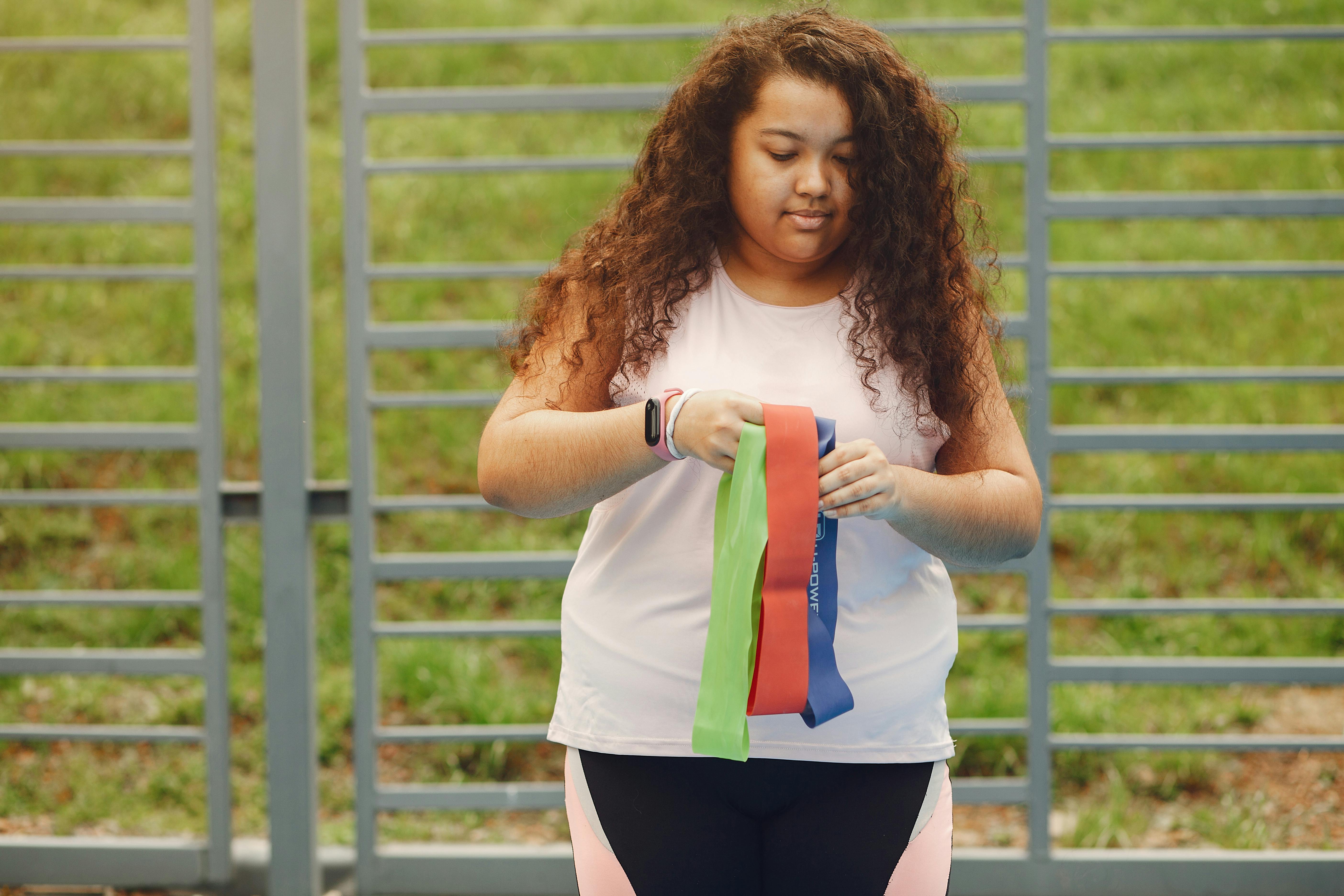“Nonna, can I wash the dishes, please?” pleaded Ally, my eight-year-old granddaughter. Ally is like most children, she loves to help out in the kitchen. Although she is eager to do the dishes, I guarantee that in four or five years the sight of dirty dishes won’t be so exciting. Today helping with the dishes is fun as she is learning how things work. She is learning to appreciate whole foods and what makes a nutritious meal by helping out in the kitchen.
Involving children in meal preparation gives them the opportunity to have multi-sensory experiences with various foods. This is especially valuable when introducing new foods or changing the family’s diet from processed foods to whole foods. In fact, multisensory learning is critical when transforming a picky eater into a healthy eater.
So how do you avoid common kitchen hazards, especially for children? While tactile experiences are valuable in appreciating nutritious food, when kids help you in the kitchen, it only takes one moment of carelessness for an accident to happen. Injuries and possible food poisoning are less likely if you adhere to the following sage advice.
1. Always wash your hands with soap and water before handling food.
This applies to everyone who works in the kitchen. Germs can be easily spread if hands are not washed properly. Wash your hands with soap and water for at least twenty seconds. Rubbing your hands under water is just as important as soap for cleaning. With the kids, make a game of it. Sing the alphabet song while washing your hands. Make it educational by counting down twenty seconds with your child while washing their hands. When your daughter can count to twenty by herself; count backwards from twenty to one.
2. Use a sturdy stool so your child can comfortably reach the counter.
Children love to help and their participation in the kitchen is vital to appreciating food. Buy a sturdy step stool to prevent falls and injuries.
3. Never allow children to eat raw eggs.
Children love to lick the dough off the spoon when making cookies. But salmonella from raw eggs is a real concern. Explain that it’s best to taste the cookie after it’s baked, so he doesn’t get sick.
4. Warn children about the danger of a hot stove and oven.
Always be alert when a small child is near hot surfaces. Many accidents are preventable. Burns from boiling water and hot ovens are two of them. Keep cords to kitchen appliances out of harm’s way. Always keep a fire extinguisher in your kitchen. To extinguish small fires, throw baking soda on the flames. If the fat in a pan starts to burn, cover it to cut off the oxygen supply. Put out the fire.
5. Point pot and pan handles toward the rear or center of the stove.
This is such an easy habit to start. This simple step prevents vivacious children (and adults) from coming into contact with a handle sticking out of the stove and spilling its scalding contents. Even though my kids are grown, I still point the handles toward the back or center of the stove. Just so I don’t accidentally burn myself!
6. Keep kitchen work surfaces clean.
Many times the “flu” your family is going through is actually food poisoning. You can negate this by thoroughly washing kitchen surfaces. Use surface cleaners with bleach to disinfect countertops and other work areas. Or add a half teaspoon of bleach to a spray bottle filled with water and spray on countertops to disinfect. Keep purses and other items off prep surfaces, as they carry bacteria. Be sure to also sanitize kitchen faucet handles when you clean the sink.
7. Avoid cross contamination of food.
Never place cooked meat on a plate that once held raw meat. Wash knives and cutting boards between uses on meat, dairy, and produce.
8. Wash dish towels and replace sponges frequently.
Buy seven kitchen towels. So you will have a clean towel for each day of the week. A sponge is a perfect breeding ground for bacteria. Squeeze dry after use and allow to air dry. Replace the sponges once a week. During the week, sanitize your sponge by rinsing it, wring it dry, then pop it in your microwave for two minutes.
9. Always wash fruits and vegetables.
Wash vegetables and fruits before placing them in the refrigerator. That way, they’ve been pre-cleaned, making meal prep easy. Kids can have a healthy snack without worrying about harmful bacteria lurking on the surface. Also, bacteria in food multiply rapidly when left at temperatures between 45 F and 140 F. Avoid this danger zone as much as possible by promptly refrigerating cooked foods. Refrigerate or freeze leftovers immediately after dinner to prevent bacteria from forming on the food.
10. Be careful with knives.
Obviously, sharp objects are a danger to small children. Keep all knives out of the reach of children. Toddlers and preschoolers love to spread softened butter, cream cheese, and nut butters. Little hands can safely use plastic items, like those bought for picnics and barbecues.




